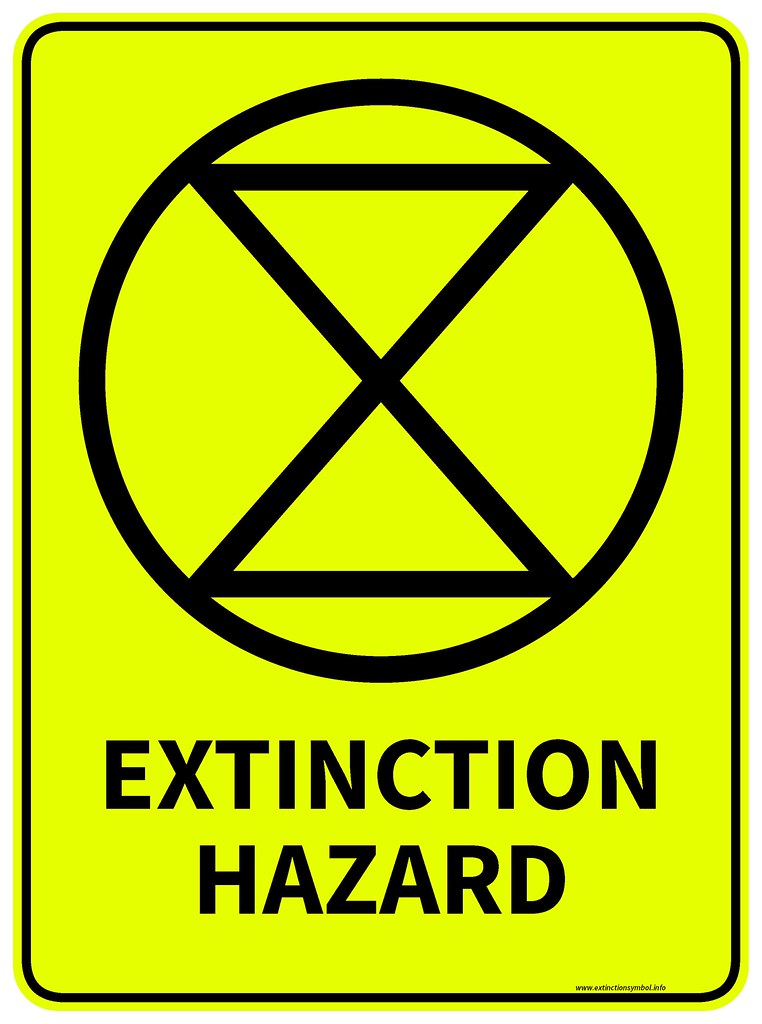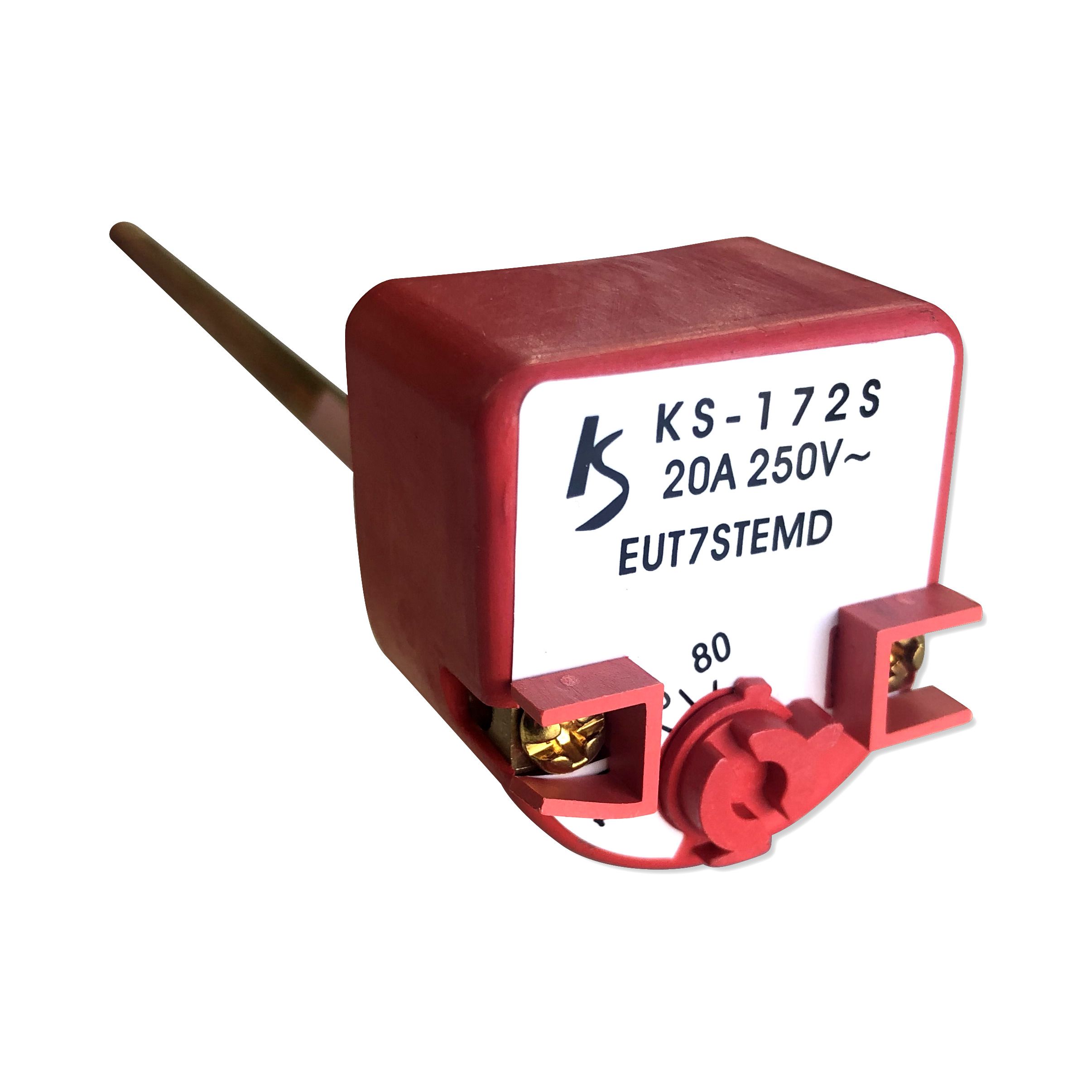
.jpg)
There are 6 stable nuclides and one radioactive primordial nuclide with neutron number 82 (82 is the neutron number with the most stable nuclides, since it is a magic number): barium-138, lanthanum-139, cerium-140, praseodymium-141, neodymium-142, and samarium-144, as well as the radioactive primordial nuclide xenon-136. No odd-neutron-number isotope is the most naturally abundant isotope in its element, except for beryllium-9 (which is the only stable beryllium isotope), nitrogen-14, and platinum-195.

Only 58 stable nuclides have an odd neutron number, compared to 194 with an even neutron number. For example, actinides with odd neutron number are usually fissile ( fissionable with slow neutrons) while actinides with even neutron number are usually not fissile (but are fissionable with fast neutrons). Neutron number is primarily of interest for nuclear properties.

Ĭhemical properties are primarily determined by proton number, which determines which chemical element the nuclide is a member of neutron number has only a slight influence. Nuclides that have the same neutron excess are called isodiaphers. Nuclides that have the same mass number are called isobars. This word was formed by replacing the p in isotope with n for neutron. Nuclides that have the same neutron number but different proton numbers are called isotones. No more specific (carbon always has six protons) but may be more clear. Neutron number is not written explicitly in nuclide symbol notation, but can be inferred as it is the difference between the two left-hand numbers (atomic number and mass). The difference between the neutron number and the atomic number is known as the neutron excess: D = N − Z = A − 2 Z. The neutron number, symbol N, is the number of neutrons in a nuclide.Ītomic number (proton number) plus neutron number equals mass number: Z + N = A.

This diagram shows the half-life (T ½) of various isotopes with Z protons and neutron number N.


 0 kommentar(er)
0 kommentar(er)
